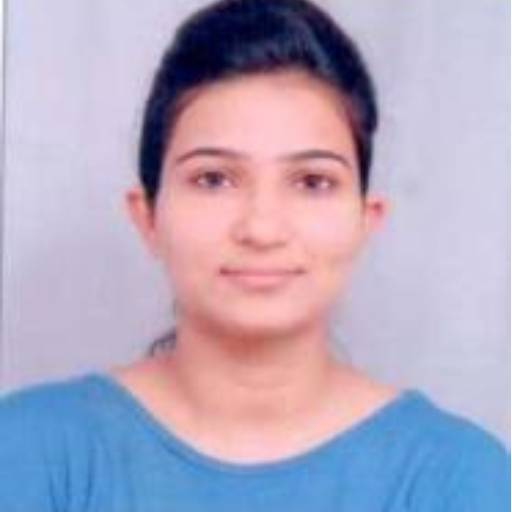International Journal of Wireless and Microwave Technologies (IJWMT)
IJWMT Vol. 5, No. 5, 8 Sep. 2015
Cover page and Table of Contents: PDF (size: 242KB)
An Energy Efficient Routing Algorithm for Wireless Body Area Network
Full Text (PDF, 242KB), PP.56-62
Views: 0 Downloads: 0
Author(s)
Index Terms
WBAN (Wireless Body Area Network), Coverage Distance, Node Criticality, Communication Count, BNC (Body Node Coordinator)
Abstract
Wireless body area networks (WBANs) are emerging as one of the newest forms of Wireless Sensor Networks. In WBANs, sensor nodes accumulate human physiological data and transmit it to the sink node. However, transmission of physiological data to the sink node over a mobile route becomes a very daunting task for sensors due to their limited battery power. Moreover, replacement of critical sensor nodes is a major challenge in such scenarios. In order to increase network lifetime, some routing protocols have been proposed in the literature, but the majority of them are focused on coverage distance and residual energy of sensor nodes. In this work, we will propose an energy efficient routing algorithm for WBANs that will take into consideration two additional attributes (node criticality and communication count) along with the above stated attributes. These four parameters in the proposed algorithm will result in enhancement of working lifetime of the network via less energy consumption in comparison to existing routing protocols.
Cite This Paper
Jyoti Kumari, Prachi,"An Energy Efficient Routing Algorithm for Wireless Body Area Network", IJWMT, vol.5, no.5, pp.56-62, 2015. DOI: 10.5815/ijwmt.2015.05.06
Reference
[1]S. Movassaghi, M. Abolhasan, J. Lipman, D.Smith and A. Jamalipour, "Wireless Body Area Networks: A Survey", Communications Surveys & Tutorials, vol 16, Issue 3, pp. 1658-1686. 2014 IEEE.
[2]J. Culpepper, L. Dung, and M. Moh, "Hybrid Indirect Transmission (HIT) for data gathering in wireless micro sensor networks with biomedical applications," Proc. 18th Annual Workshop on Computer Communications, 2003 IEEE.
[3]A. G. Ruzzelli, R. Jurdak, G. M. O Hare, and P. Van Der Stok, "Energy efficient multi-hop medical sensor networking," Proc 1st ACMSIGMOBILE International Workshop on Systems and Networking Support for Healthcare and Assisted Living Environments, New York, USA, 2007.
[4]K. Kim, I. S. Lee, M. Yoon, J. Kim, H. Lee, and K. Han, "An efficient routing protocol based on position information on mobile wireless body area sensor networks," Proc. 1st Int. Conf. on Networks and Communications, pp-396-399, IEEE 2009.
[5]M. Quwaider and S. Biswas, "On -body Packet Routing Algorithm for Body Sensor Networks", First International Conference on Network and Communications, pp. 171-177, IEEE 2009.
[6]A. Maskooki, C. B. Soh, E. Gunawan, K. S. Low, "Opportunistic routing for body area network," Proc. IEEE Consumer Communications and Networking Conference, pp. 237-241, IEEE 2011.
[7]Md. Tanvir ul Huque et al., "SEA-BAN: Semi -Autonomous Adaptive Routing in Wireless Body Area Networks", 7th International Conference on Signal Processing and Communication Systems, pp. 1-7, IEEE 2013.
[8]Md. Tanvir ul Huque et al., "EAR-BAN: Energy Efficient Adaptive Routing in Wireless Body Area Networks", 7th International Conference on Signal Processing and Communication Systems, pp. 1-10, IEEE 2013.
[9]Christian H.W. Oey, Shelly Salim, and Sangman Moh, "Energy Aware Routing Protocols in Wireless Body Area Networks", 8th International Conference on Computing and Networking Technology (ICCNT), pp. 159-162, 2012 IEEE.
[10]Heinzelman et al., "Energy-Efficient Communication Protocol for Wireless Microsensor Networks", Proceedings of the 33rd Annual Hawaii International Conference DOI:10.1109/hicss.2000.926982, 2000 IEEE.
[11]Stephanie Lindsey, Cauligi S. Raghavendra, "PEGAIS: Power Efficient Gathering in Sensor Information Systems", Aerospace Conference Proceedings, vol.3, pp.1125-1130, 2002 IEEE.

